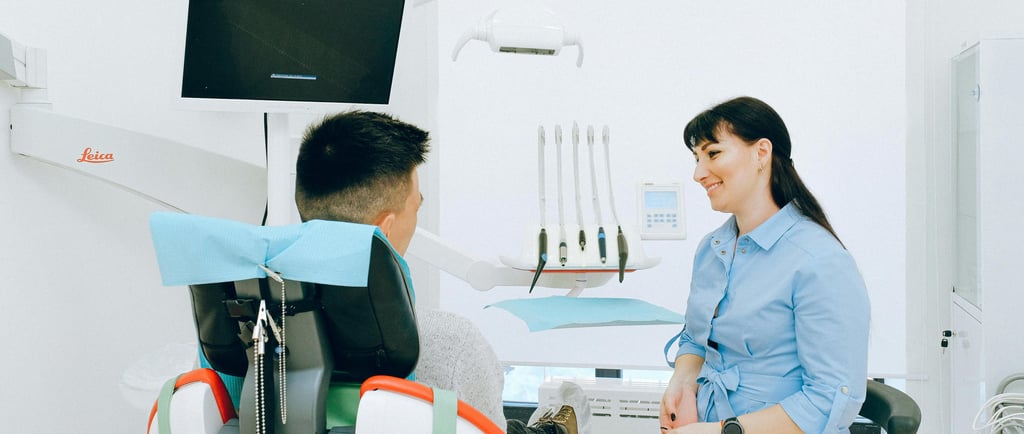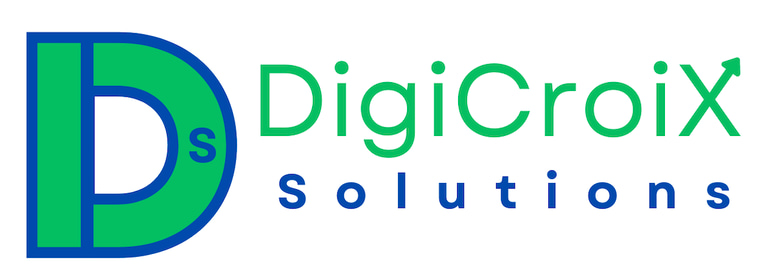Patient Journey Mapping: From Awareness to Surgery
See how patient journey mapping can optimize each step from discovery to procedure. We share tactics that reduce drop-off. Book a 1‑hour call to map your patient journey.
Vishwa Raval
10/26/20255 min read


Understanding Patient Journey Mapping
Patient journey mapping is a strategic process that involves visualizing and analyzing the various stages a patient experiences in the healthcare system. This method encompasses everything from the initial awareness of symptoms to the surgical procedure and any subsequent follow-ups. By creating a detailed map of these stages, healthcare providers can better understand the patient’s experience, identifying potential obstacles and opportunities for improvement.
Healthcare providers often categorize the patient journey into several distinct phases: awareness, consideration, decision-making, treatment, and post-treatment follow-up. During the awareness phase, individuals may begin to notice symptoms or have concerns about their health. Factors such as educational resources, social influence, and direct communication with healthcare professionals can greatly impact this stage. Effective patient journey mapping at this point ensures that valuable information is accessible, helping to guide patients toward making informed decisions regarding their health.
The consideration stage is where patients seek more information about their symptoms and potential treatment options. This is often influenced by the availability of resources, peer discussions, and healthcare provider recommendations. Mapping this phase helps healthcare facilities enhance patient engagement by ensuring they offer tailored support and resources that meet patients’ needs.
The decision-making process is critical, as patients weigh their treatment options, which often includes surgery. A well-mapped journey provides insights into how patients choose their healthcare providers and treatment paths. Once patients proceed to treatment, the focus shifts to ensuring smooth communication and follow-up care. An effective patient journey map not only enhances the patient experience but also streamlines processes within healthcare organizations, ultimately leading to improved health outcomes.
The Stages of the Patient Journey
The patient journey is a complex process that unfolds in several distinct stages, each containing its unique challenges and emotional responses. Understanding these stages is essential for healthcare providers to optimize patient experience and improve outcomes. The primary stages include awareness, consideration, decision-making, and action.
The first stage, awareness, occurs when potential patients become cognizant of their health issues. This stage is critical as it sets the foundation for the entire journey. Patients often rely on online resources, word-of-mouth recommendations, or advertisements to gather information. However, misinformation or lack of information can serve as significant barriers to transitioning to the consideration stage.
Once awareness is established, individuals enter the consideration phase, where they evaluate their options. During this stage, emotions can fluctuate between hope and anxiety. Patients begin to research physicians, treatment alternatives, and potential outcomes. Barriers may include limited access to healthcare information or navigating complex health insurance plans, which may hinder their ability to make informed decisions.
Next, patients move into the decision-making stage. At this point, they choose a specific treatment plan and healthcare provider. This stage often encompasses intense emotions, such as fear and uncertainty, as patients weigh the pros and cons of surgery versus non-surgical options. A critical barrier here can be a lack of support from family or inadequate communication with healthcare providers, contributing to a potential dropout if patients feel unsupported.
The final stage is action, where patients undergo the surgical procedure. This phase may evoke a mix of anticipation and trepidation. Potential drop-off points can include last-minute cancellations or preoperative anxiety. Addressing these drop-off points through sequential patient engagement strategies is vital in ensuring successful transitions throughout the patient journey.
Tactics to Optimize Each Step
In the evolving landscape of healthcare, optimizing the patient journey—from the initial awareness stage to post-surgery follow-ups—has become paramount. Effective strategies to facilitate this journey can significantly reduce drop-offs and enhance the overall experience for patients. One essential tactic is to develop clear, transparent communication channels at each stage. By providing patients with consistent updates and information, healthcare providers can build trust and ensure that individuals feel valued and informed throughout their journey.
Another crucial tactic is the integration of educational resources. Healthcare providers should consider creating tailored content that explains procedures, addresses common concerns, and highlights the benefits of surgical interventions. This type of content can come in various forms, including videos, brochures, webinars, or online resources, making it easily accessible. By empowering patients with knowledge about their health and the related processes, providers can encourage informed decision-making and increase commitment to necessary surgical procedures.
Furthermore, ensuring support during pivotal moments of the patient journey is vital. This can involve implementing a patient navigator system, where trained personnel guide patients through complex decision-making processes and logistical challenges associated with surgery. Personalized care coordinators can assist with scheduling, answering questions, and facilitating necessary referrals to specialists, thus alleviating potential anxieties that may arise.
It's also essential to harness technology effectively, utilizing patient relationship management systems to monitor patient progress and gather feedback at critical touchpoints. Regular check-ins via phone calls or automated messages can serve to reassure patients and prompt them to stay engaged in their care path. By adopting these practical tactics, healthcare providers can significantly enhance the patient experience, minimizing drop-offs and fostering a more seamless surgical journey.
Booking a Consultation for Patient Journey Mapping
In the realm of healthcare, understanding patient journey mapping is critical for enhancing patient experience and ensuring efficiency in service delivery. Booking a tailored consultation can serve as a pivotal first step in refining this journey. A one-hour call dedicated to assessing your current patient journey can unveil significant opportunities for improvement, delivering customized insights that are particularly beneficial for healthcare providers.
During the consultation, providers can expect an in-depth discussion focused on their unique challenges and goals. By employing a structured approach to evaluate aspects such as patient engagement, communication channels, and service delivery processes, healthcare professionals can gain valuable perspectives on how to streamline their patient journey. This evaluation is not a generic model; it is tailored to the specific needs of the organization, allowing for targeted solutions and practical recommendations that can enhance overall patient satisfaction.
Furthermore, optimizing a patient journey often leads to increased patient retention and higher conversion rates, as future patients recognize the value of an accessible and transparent journey. Engaging with the consultation can transform the way healthcare providers interact with their patients by fostering deeper relationships and trust, which are essential components in effective healthcare delivery. Success stories abound; numerous healthcare providers have reported enhanced patient interactions and notable improvements in overall satisfaction levels after implementing the strategies discussed during their consultations.
By taking the initiative to book a consultation, you are making a significant investment into refining your patient journey. Optimizing this journey not only benefits your patients but also elevates your practice, ensuring a holistic approach to healthcare that meets the evolving needs of your clientele. Take that essential step today toward transforming how your organization engages with its patients.
Get in Touch
Book your free consultation today and let's create a strategy to elevate your success!


Address
94 Shree Nagar Apartment, Sola Road, Naranpura, Ahmedabad, Gujarat, India 380063
6706 Fulton Avenue, Burnaby, BC, Canada V5E 3H1
Phone
+91 88497 12474
Quick Links
© 2025. All rights reserved.
Useful Links
Engagement
Subscribe
+91 88497 12474
